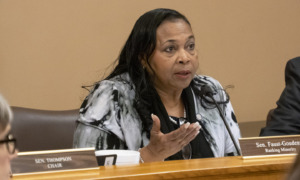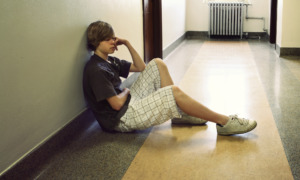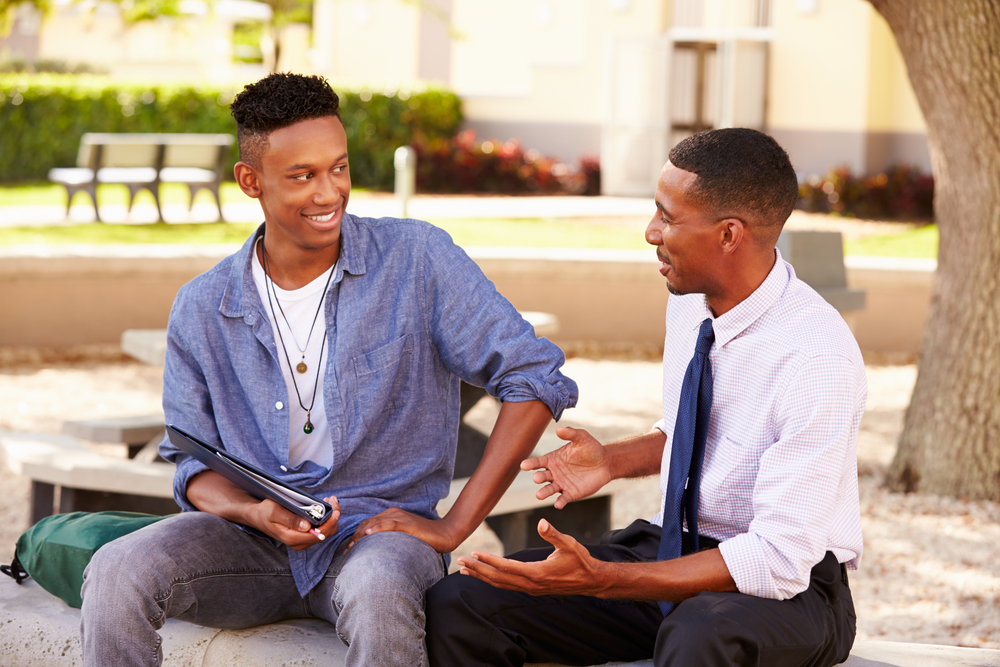
Monkey-Business-Images/Shutterstock.com
.
Humans of Restorative Justice (HORJ) stories highlight the incredible individuals working to build and restore strong relationships in their communities. They are written and edited by David Levine based on interviews with real-world practitioners. This one is with Wilson Platt of Seattle.
I had never visited a prison before. As we approached Monroe Correctional Complex, I was surprised to see a beautiful brick building, with windows full of potted plants and artwork. That is not what I had expected. As it turned out, this was the administrative building. Directly behind that the inmate facility came into view. A series of drab grey-beige buildings floating in a sea of asphalt, bordered by high walls and layers of barbed wire fencing. This is exactly what I had expected.
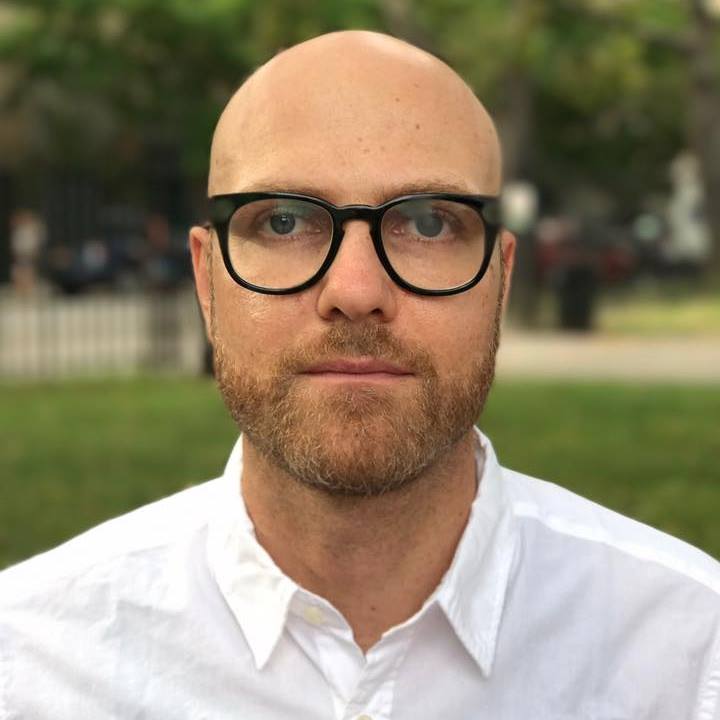
David Levine
We entered the large, stout complex and worked our way through metal detectors, heavy blue-steel doors and sliding bars that slammed shut behind us. We were escorted through a series of long empty hallways with heavily polished floors and tunnels of chain-linked fence and barbed wire, to keep us separated from the prisoners, into the highest-security building at the facility. There in a large windowless room 30 male inmates, all serving life sentences, were gathered and waiting for us.
These men were the Concerned Lifers Organization (CLO), a coalition of incarcerated adults that meet in the facility to discuss and advocate for changes to the current criminal justice system. Their current focus was on the alarming link between foster care and prison. There is a plethora of research on this topic. Depending on location in the United States, anywhere from 25 to 70 percent of state prison inmates have previously spent time in the foster care system.
I was invited, along with two colleagues, by the CLO to speak about Big Picture Learning schools, an educational model recognized as a disruptive force to this “foster care to prison pipeline.” The shocking statistics immediately became real when I saw Stan Harrison, one of my fellow invited educators, tearfully embracing an inmate in an oversized tan uniform. It turns out that Stan had actually taught this young man, some 30 years prior, while he was struggling to complete high school and experiencing an unstable home life. Back then, they had worked closely and found some success, but since they had last seen each other, he had been convicted of a felony that placed him behind bars for the rest of his life.
Focus on adult relationships
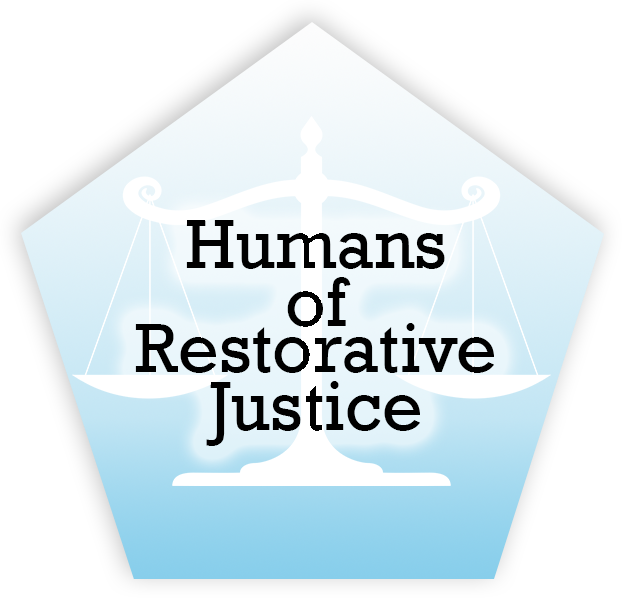 One of several unique components that distinguish schools in the Big Picture Learning network is a strong focus on student-adult relationships. Students spend a large portion of their academic days with an advisor who helps manage their learning, much of it individualized and project-based. Often, students stay in their advisory, comprised of less than 20 pupils, for all four years of high school. The relationships forged among advisors, fellow students and families are often profound. Advisories are places for rigorously exploring interests, engaging in social emotional learning and participating in a variety of restorative circles.
One of several unique components that distinguish schools in the Big Picture Learning network is a strong focus on student-adult relationships. Students spend a large portion of their academic days with an advisor who helps manage their learning, much of it individualized and project-based. Often, students stay in their advisory, comprised of less than 20 pupils, for all four years of high school. The relationships forged among advisors, fellow students and families are often profound. Advisories are places for rigorously exploring interests, engaging in social emotional learning and participating in a variety of restorative circles.
In addition to teacher-student relationships, Big Picture students locate and participate in internships, usually travelling to these real-world learning sites twice a week during the regular school day. The bonds formed with internship mentors, in addition to advisors and other school faculty, leave these students with vastly more adult relationships than the traditional high school student. Despite these innovative features, the Big Picture schools that we represent, as well as the majority around the country, exist within the public school system and are free to attend. The CLO believed that this type of school could be a powerful tool to assist in keeping foster youth out of prison.
The focus on adult relationships is what most interested this group of inmates at Monroe. The host of our discussion asked inmates to share what they feel had contributed to their ending up in prison. A factor that kept coming up was not having any concerned adults in their life when they were younger and facing tough decisions.
“You know if I had had this, what you guys do at your school, that might have been the difference between me being here or not,” was one of the responses. The older gentleman seated next to me, with extensive tattoos and a somewhat jagged set of teeth, smiled as he shook my hand and told me that he supports our work. All the inmates, like him, were more friendly and warm than I had expected, and they peppered us with a slew of thoughtful and challenging questions and comments throughout our meeting.
Learning how to handle conflict
During our large circle discussion they inquired about specifics on how our schools worked and what specific impact it might have on their own system. In addition to the lifeline that adult relationships can be for youth, they also appreciated the fact that the student internships expose our students to other, positive parts of society, places where they might not have previously felt they could fit. They challenged us to find ways to connect with our current foster care students and to actively recruit more foster care students to our program. I took their words to heart and left feeling indebted, inspired and more aware of the vulnerability of this population of students.
The National Center for Restorative Justice defines the practice of RJ as “a relational approach to conflict.” Big Picture schools are relational spaces that help students to develop the skills to engage with conflict when it occurs. For most of these inmates, their formal education did not include work on ways to deal with conflict and themselves in an empathetic way. Schools, traditionally, ask very little of students as far as developing agency, choosing instead to emphasize compliance.
When a person causes harm, should it be the end of their life? The prison industrial complex often answers “yes,” while restorative justice would answer “no.” A harmful act should be regarded as an important moment for self-reflection, deep learning and a serious commitment to repairing the harm caused to others.
The activism that the Concerned Lifers Organization continues to do for the community, even while behind bars, is a testament to this belief in accountability and agency in the face of conflict. I am grateful for their insights and proud to support a model of education that helps to foster strong learning communities that work collaboratively with students to keep them safe and, hopefully, out of the criminal justice system.
David Levine has worked as an educator at public high schools in Brooklyn and Seattle, and as a restorative justice dean in the Bronx. He is currently a course facilitator at the National Center for Restorative Justice, an organization that provides training for those looking to change their relationship to conflict. Contact him at d.levine@nationalcenterforrestorativejustice.com.




